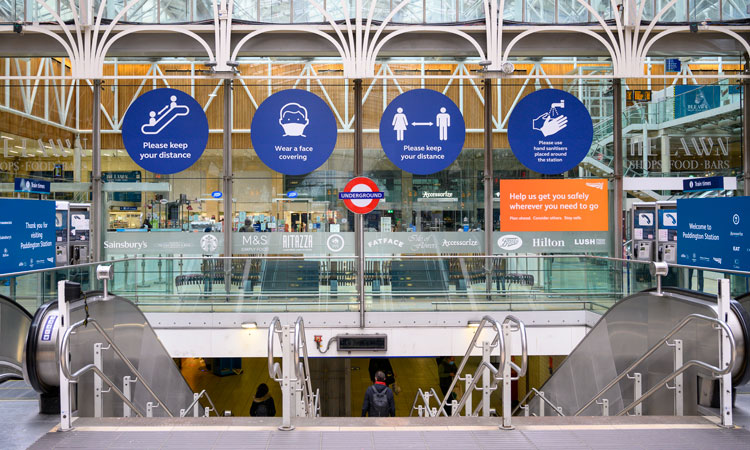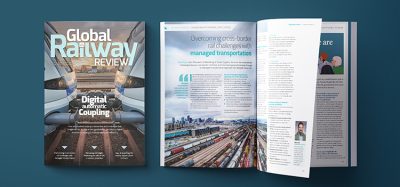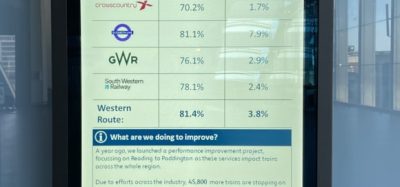Rail journeys in Great Britain fall to lowest annual levels since 1872
Posted: 3 June 2021 | Global Railway Review | No comments yet
Statistics from the Office of Rail and Road (ORR) have revealed that the unprecedented fall in usage can be attributed entirely to the impact of the pandemic.


Rail passenger journeys in Great Britain fell to the lowest levels of annual passenger usage since at least before 1872, according to official statistics from the Office of Rail and Road (ORR).
Nationally, 388 million journeys were made in 2020-2021 (April to March), which equates to only 22 per cent of the 1,739 million made in 2019-2020.
Total passenger revenue in Great Britain was £1.9 billion in 2020-2021, compared to £10.4 billion in 2019-2020.
There were 80 million journeys made during the final quarter (Q4 January to March) of 2020-2021, down from the 139 million made in the previous quarter (Q3 October to December) and the 133 million in Q2 (July to September). This was still more than double the 35 million journeys made in 2020-2021 Q1 (April to June).
The ORR have stated this unprecedented fall in usage can be attributed entirely to the impact of the pandemic.
Three operators of services in and around London recorded the highest levels of usage relative to 2019-2020. TfL Rail (32.5 per cent), London Overground (31.8 per cent) and c2c (31.7 per cent) were the only operators to record at least 30 per cent of the journeys made in 2019-2020.
Merseyrail (29.5 per cent) and Caledonian Sleeper (24.9 per cent) recorded the fourth and fifth-highest journey numbers as a percentage of 2019-2020.
Four more London and South East operators – South Western Railway, Southeastern, Greater Anglia (all 22.4 per cent), and Govia Thameslink Railway (21.8 per cent) – recorded just over a fifth of journeys made in 2019-2020.
Of the other franchised operators, Northern (20.3 per cent) recorded the highest level of usage as a percentage of journeys made in 2019-2020. ScotRail (14.9 per cent) and TfW Rail (15.8 per cent) recorded the lowest levels of relative usage.
Heathrow Express, which operated throughout the year, recorded the lowest level of usage as a percentage (4.7 per cent) of journeys made in 2019-2020.
‘Other’ tickets (35.8 per cent) such as rover tickets, group tickets, and package products (e.g. which included accommodation and/or onward travel with other forms of transport) recorded the highest usage relative to 2019-2020, albeit with only 2.9 million journeys. This was followed by off-peak tickets (26.8 per cent), anytime/peak tickets (25.0 per cent), advance tickets (20.9 per cent) and season tickets (15.9 per cent).
Graham Richards, Director of Planning and Performance at the ORR, said: “This unprecedented fall in passenger numbers, the lowest annual fall since the time series began, has clearly had an impact on both rail usage and ticketing revenue. Despite this, recent estimates published by the Department for Transport (DfT) show that rail usage has recovered to around 45 per cent of pre-COVID-19 levels by the end of May 2021. ORR continues to work closely to support industry and help passengers back on to the railway safely.”
Related topics
Coronavirus/COVID-19, Operational Performance, Passenger Experience/Satisfaction, Regulation & Legislation
Related organisations
Department for Transport (DfT), Office of Rail and Road (ORR)








